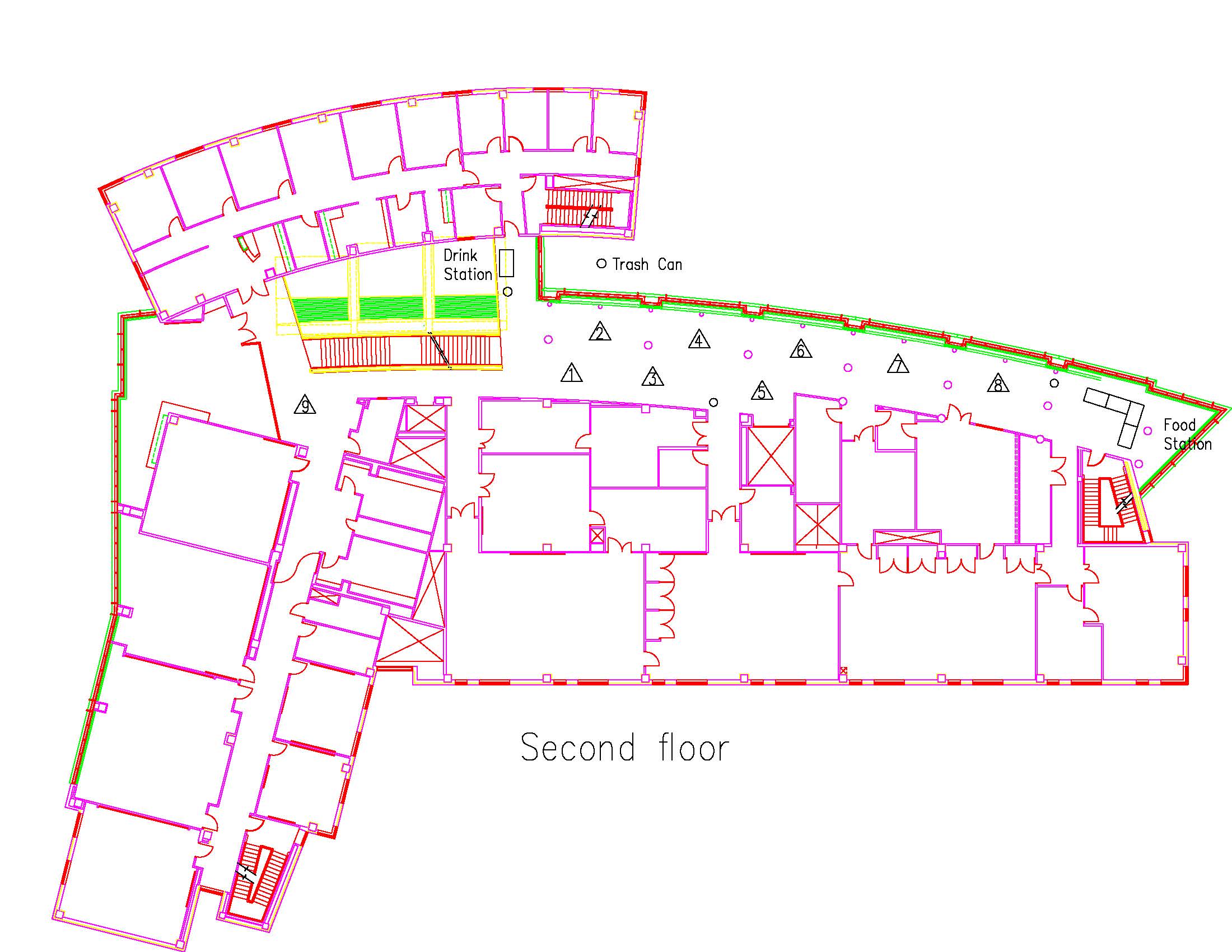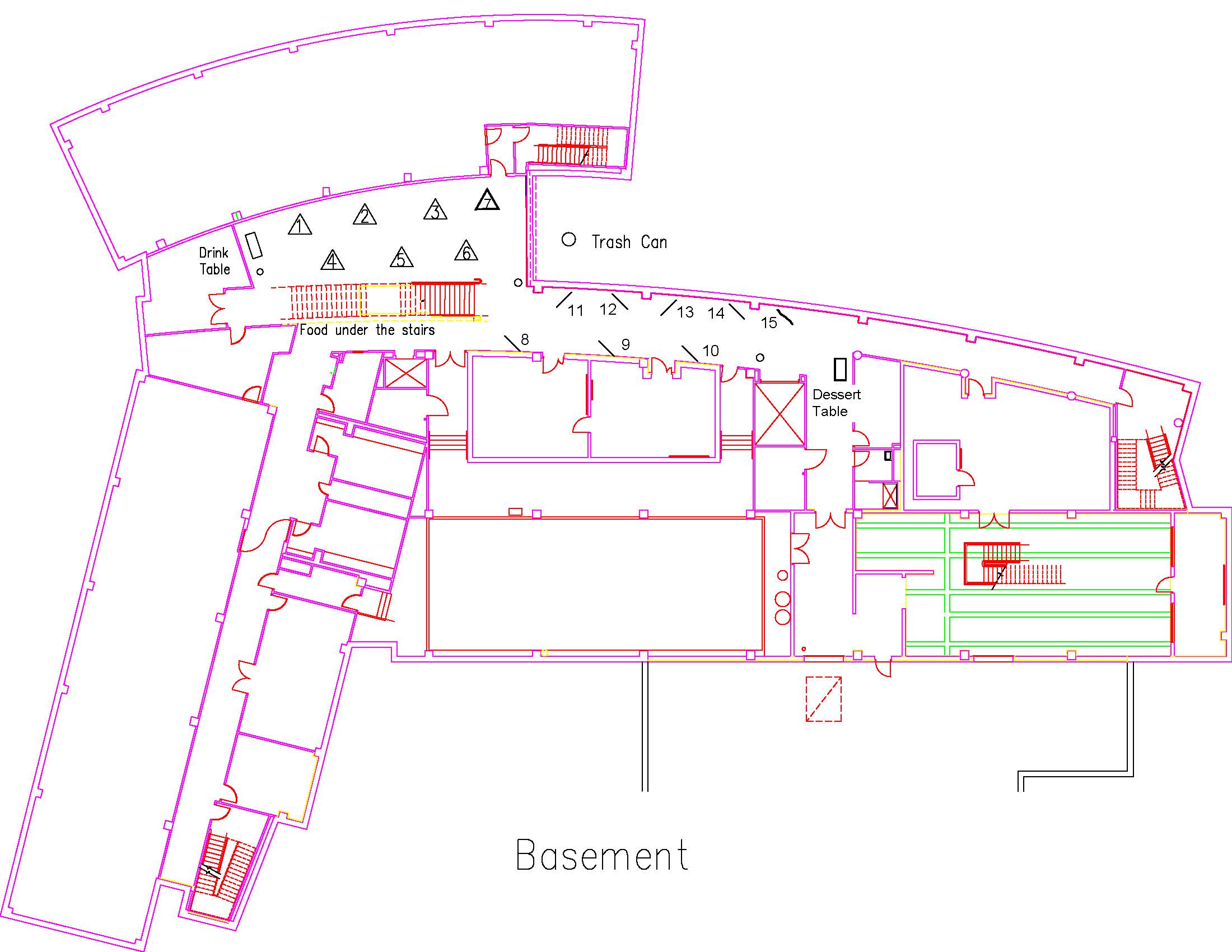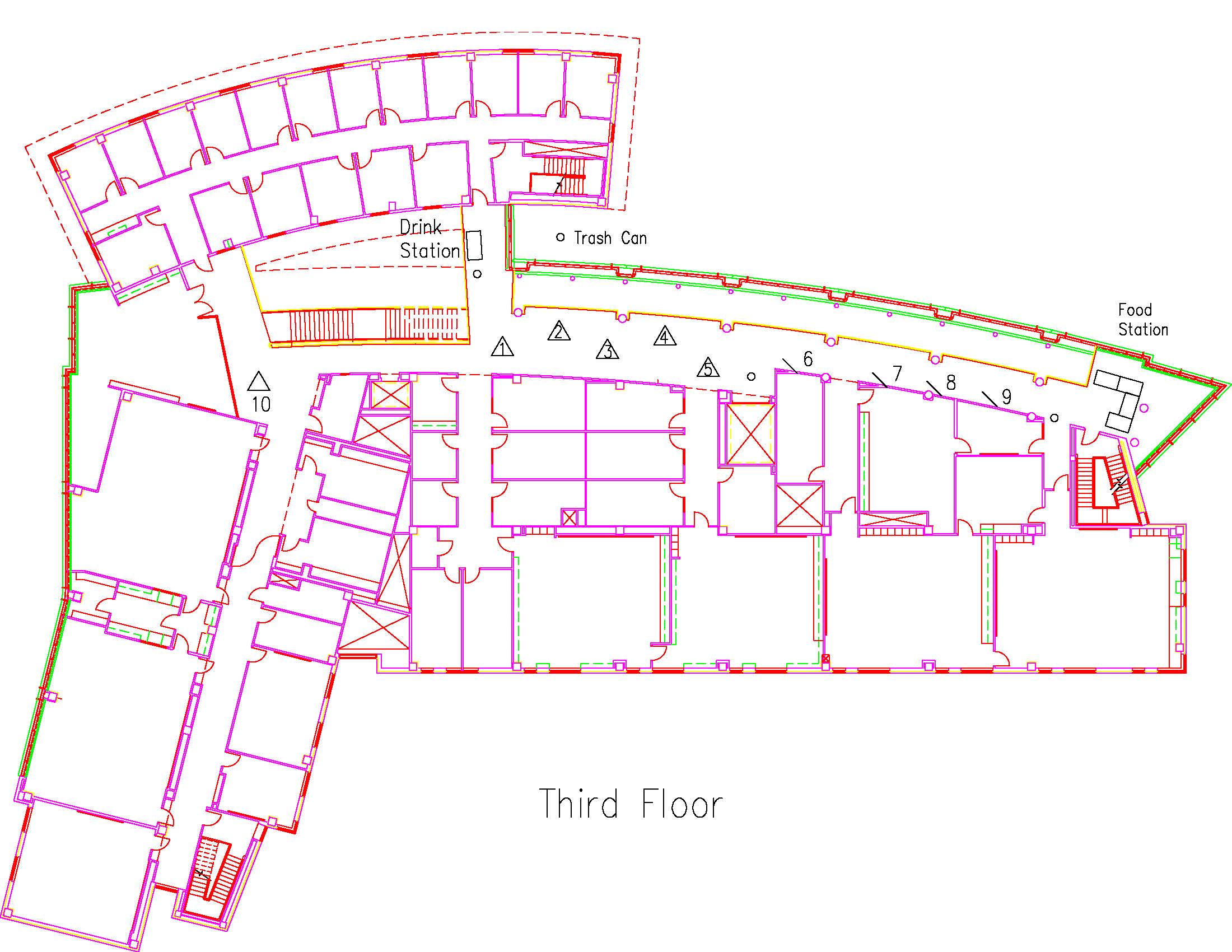BIOL2019REYNOLDS33549 BIOL
NS5A 10A, a Non-Structural Protein of HCV, and its Effect on the Innate Immune Response
Type: Undergraduate
Author(s):
Eli Reynolds
Biology
Advisor(s):
Giridhar Akkaraju
Biology
Location: Session: 1; 2nd Floor; Table Number: 3

View PresentationHepatitis C is a disease of the liver that is caused by the Hepatitis C virus. The Hepatitis C virus (HCV) chronically infects between 130-170 million people in the world making it a significant health burden. HCV is 9.6 kb single-stranded RNA virus and a member of the Flaviviridae family of viruses which includes viruses such as Zika and Dengue. It is a smaller virus with a mature virion size between 50-80 nm. With a specific tropism for liver cells, the diseases of Hepatitis C are accordingly associated with the liver. The two predominant diseases related to HCV infection are cirrhosis and hepatocellular carcinoma. These are both caused as a result of chronic infection which occurs in about 80% of cases as opposed to acute infection which composes only 20% of cases. In order to establish a chronic infection the virus has evolved the ability to inhibit the innate immune response leading to a greater likelihood of reproduction and survival. Our specific interest was the mechanism by which HCV evades the host immune response. In previous studies we have shown that NS5A 10A, a mutant protein of NS5A, inhibits the activation of the IFN-β promoter which serves a key role in the innate immune response. In this paper we investigate the specific mechanism of the ability of NS5A 10A to interfere with the activation of the IFN-β promoter.
BIOL2019SANCHEZ1178 BIOL
The Effects of Microgravity on Red Wiggler Earthworms
Type: Undergraduate
Author(s):
Alyssa Sanchez
Biology
Sara Gutierrez Cortazar
Biology
Carolyne Harvey
Biology
Heston Irons
Biology
Sohan Islam
Biology
Ashlyn Johns
Biology
Advisor(s):
Magnus Rittby
Biology
Location: Session: 2; 2nd Floor; Table Number: 3

View PresentationWe are in the process of conducting a study on the effects of microgravity on Red Wiggler Earthworm decomposers. This experiment has been chosen for flight to the International Space Station to be conducted in the next several months. If we are to explore other planets in the future, we are hopeful that decomposers can grow and live successfully to bring the benefits that come with their existence. Ecosystems rely on decomposers as a building block to break down nutrients for plants. Decomposers are a critical part of an ecosystem. Earthworms play a role in in an ecosystem to constantly recycle broken down organic matter. With our experiment, we will gain more information about the growth of an Earthworm in microgravity. This experiment can help further space exploration to understand the effects of the microgravity on the growth of Earthworms.
Earthworms are crucial to the colonization of a planet due to being decomposers. They improve nutrients of the soil and they remove the dead roots, grass, and biotic factors by breaking them down. Breaking down organic matter to improve the fertility of the soil and create air pockets is such an important step in the process of decomposition. These air pockets are another benefit to the soil because it allows air flow through the soil. If we study the growth of the earthworm in microgravity, this could possibly help gain information in the process of growing produce and colonization on other celestial bodies in the future. This experiment will allow us to learn how a living organism reacts when it is growing and changing in microgravity. One part of this experiment is that we are going to compare the size of the earthworms grown in microgravity to the earthworm grown in Earth’s gravity. The growth size is a determining factor to whether earthworms are able to further space exploration and assist with the colonization of planet.
This experiment requires special handling during transportation to the International Space Station. We will be using a mini lab system provided called a Fluid Mixture Enclosure (FME) provided by the organization for the Student Spaceflights Experiment Program. This tube will be refrigerated from Burleson, TX. to NASA with a temperature of at least 40℉ or below. It will also need to be refrigerated on its return to Burleson, TX from NASA. We will follow the same experimental process with the control test on Earth.
BIOL2019SANCHEZ19802 BIOL
The Effects of Lentil Bean Growth in Microgravity
Type: Undergraduate
Author(s):
Alyssa Sanchez
Biology
Macie Davis
Biology
Olivia Earley
Biology
Alex Mercer
Biology
Ava Monroe
Biology
Itzel Perez Orozco
Biology
Advisor(s):
Magnus Rittby
Biology
Location: Session: 2; 2nd Floor; Table Number: 3

View PresentationWe will be attempting to answer the question: What is the effect of microgravity vs gravity on the growth of a lentil bean? We chose this test subject to determine if lentil beans are a solution to help bone density issues and bone degeneration while astronauts are onboard the International Space Station.
While astronauts are in space, their bones degenerate and they lose muscle tone. Lentil beans can help bones and muscles develop as they contain calcium, magnesium, potassium, and protein. In our experiment, we hope to learn the effects of microgravity on plant growth ans to see if lentils grow the same in both environments. We can also use the information gathered from the lentils to conclude whether or not microgravity conditions are an adequate environment for farming and developing crops, which in turn will help determine if lentils are an appropriate crop to cultivate while on board the ISS.Lentil beans are part of the legume family, which are usually inexpensive, nutritionally dense and a great source of protein. They are also a good source of calcium, magnesium, and potassium. Besides human consumption, lentil beans can be used for livestock feed too. In the agricultural context, the lentil beans can be utilized as a rotational crop with wheat. Lentil beans are a highly nutritious food, rich in minerals, protein, and fiber. Lentil beans are an economical source of protein, meaning it is affordable at a low-cost to prepare the beans. Lentil beans can be used as a supplement to a grain diet due to the high-protein and high-carbohydrate nutritional content.
Our hypothesis is that lentil beans will grow faster in space since there is a lesser amount of gravity in the ISS. Our experiment will help us understand how to better provide a sustainable food source for astronauts. Lentil beans, along with exercising, will allow their bones and muscles to stay strong and healthy in a microgravity environment. With our collected data after the experiment, the science community will understand how the effects of microgravity have on the growth of the lentil bean. If we explore and further understand the growth effects in microgravity of a lentil bean, this will allow us to seek deeper into understanding how other useful plants will grow in microgravity. This study will add to the research that has already been conducted. This experimental test is crucial to analyze the adjustments or changes that might need to occur to continue the legacy of the lentil bean in microgravity.
BIOL2019SCOLMAN31583 BIOL
Yellow bat fatality at wind farms – what can we learn using genetic approaches?
Type: Undergraduate
Author(s):
Kara Scolman
Biology
Austin Chipps
Biology
Advisor(s):
Amanda Hale
Biology
Dean Williams
Biology
Location: Session: 2; 2nd Floor; Table Number: 6

View PresentationLarge numbers of bats are killed at wind energy facilities world-wide and there is a pressing need to improve our understanding of why this is happening and develop effective strategies to minimize impacts. Although Texas has more installed wind energy than any other state in the U.S., there are very few publicly available data about bat mortality at Texas wind farms. This is especially true of areas that are only recently seeing wind energy development, such as far south Texas in the Rio Grande River Valley. A couple of reports suggest that northern yellow bats (Lasiurus intermedius) and southern yellow bats (Lasiurus ega) may frequently be killed at these wind energy facilities, but we know very little about population sex ratios or population structure in these two species. In collaboration with a researcher at Texas State University, San Marcos, we have extracted DNA from tissue samples taken from 88 northern yellow bats and 64 southern yellow bats killed at wind farms in Starr and Hidalgo Counties. First, we used a genetic method, in which we amplified regions of the X and Y chromosomes using PCR, to determine the sex of the bat carcasses. Next, we used a DNA barcoding approach to assess the accuracy of species identification in the field. These efforts represent the first steps in a study to evaluate genetic diversity and population structure in two species of yellow bats that will likely be negatively impacted by wind energy development.
BIOL2019SELF31586 BIOL
Diet Analysis of Nestling Red-Winged Blackbirds
Type: Undergraduate
Author(s):
Misty Self
Biology
Tom Thalhuber
Biology
Advisor(s):
Matt Chumchal
Biology
Ray Drenner
Biology
Location: Session: 2; 2nd Floor; Table Number: 7

(Presentation is private)Methylmercury (MeHg) is an environmental contaminate that has harmful effects on
wildlife. Anthropogenic sources like coal mining emit inorganic mercury (Hg) into the
atmosphere. From the atmosphere, Hg is deposited into aquatic ecosystems. Once in aquatic
ecosystems, inorganic Hg is converted to MeHg by bacteria and enters the food web. Emergent
aquatic insects (e.g. dragonflies), insects with aquatic larval stages and terrestrial adult stages,
will transport MeHg from the aquatic ecosystem to terrestrial predators like songbirds.
This project focuses on MeHg contamination of nestling Red-winged blackbirds
(Agelaius phoeniceus) from nests at the Eagle Mountain Hatchery Pond Facility. It is believed
that nestling Red-winged blackbirds (RWBL) consume aquatic-based prey, primarily odonates
(damselflies and dragonflies) but can consume terrestrial prey as well. Odonates are known to
have high levels of MeHg contamination. Although studies have attempted to observe what
RWBL parents feed nestlings, there are no studies of the actual prey composition in the
nestlings’ digestive tracts. Insects consumed by birds can be analyzed because external coverings
of insect body parts (head capsules, mandibles, legs) are composed of undigestible chiton. This study looks at nestling RWBL diets to quantify odonates in their diets. We will sort through varying fecal samples from the Pond Facility in order to determine the diet composition of the RWBL, and if the composition correlates with MeHg levels in nestlings.
BIOL2019SKALLEY13801 BIOL
Developing a worm model to investigate breast cancer
Type: Undergraduate
Author(s):
Courtney Skalley
Biology
Rachel Klevit
Biology
Sam Witus
Biology
Advisor(s):
Mikaela Stewart
Biology
Location: Session: 1; Basement; Table Number: 4

View PresentationIn many patients with breast cancer, a mutation in their BRCA1 gene disrupts BRCA1 protein’s function as a tumor suppressor. One mechanism through which BRCA1 prevents cancer is by acting as an enzyme to attach a signaling protein called ubiquitin to a H2A, a DNA packaging protein. This attachment inhibits gene expression of DNA damaging proteins. Here, we determine whether enzymatic activity of BRCA1 towards H2A is a conserved feature in C. elegans, a microscopic worm used as a model organism.
To measure conservation, we used mutagenesis to introduce mutations into C. elegans’ BRCA1 at a region homologous to the known human H2A binding site. Similar to mutations at this site in human BRCA1, our results showed a decrease in enzymatic activity when mutations were present. This indicates that C. elegans BRCA1 and human BRCA1 use similar mechanisms of attachment to H2A. To develop tools to study this reaction in C. elegans, we need to understand the position on H2A to which ubiquitin is attached. To accomplish this, we generated C. elegans H2A using cloning to eventually determine the specific location of ubiquitin attachment.
BIOL2019SMITH53164 BIOL
The Effects of Insulin Crystallization Growth in Microgravity
Type: Undergraduate
Author(s):
Laura Smith
Biology
John Balian
Biology
Alexander Ferguson
Biology
Advisor(s):
Magnus Rittby
Physics & Astronomy
Location: Session: 2; 2nd Floor; Table Number: 3

View PresentationOur experiment is about diabetes and Human and synthetic insulin crystallization in a microgravity environment. This experiment is designed to help us find out if there is a way to prevent crystallization of insulin, especially if we understand how it happens in microgravity. When insulin crystallizes, the bacteria that usually makes it viable stops working. This would cause it to be ineffective for patients in dire need of this medication. To complete this experiment we would like to send three different varieties of insulin in a type 3 mini lab FME (Fluids Mixture Enclosure) to the International Space Station (ISS), kept in ambient temperatures, to see if it crystallization occurs within a certain amount of time. We will keep the experiment refrigerated at or below 40℉ during transportation to the ISS and again after arrival back to our lab to prevent crystallization occurring outside of the experiment. Refrigeration slows the crystallization growth and this is how it is stored on Earth. Keeping our experiment refrigerated during transportation is an important step because the insulin crystallization growth should only be measured while in microgravity. It is also important to note that crystallization of insulin is slow so change in crystal growth will not be evident if out of refrigeration for short periods of time. We would like to keep our insulin types out of refrigeration for a period of six weeks minimum. While testing insulin crystallization in microgravity, we will be conducting the same experiment on Earth as our control. If we can understand more about synthetic insulin, maybe one day diabetic men and women can follow their passion of being astronauts and humans with this disease will have the opportunity to go to microgravity environments for extended periods of time.
BIOL2019TAETZ44707 BIOL
The Effects of Hepatitis C Virus NS5A Protein on Antiviral Gene Expression
Type: Undergraduate
Author(s):
Sarah Taetz
Biology
Advisor(s):
Giridhar Akkaraju
Biology
Location: Session: 1; 2nd Floor; Table Number: 7

(Presentation is private)Hepatitis C virus currently infects around 130-170 million people. HCV, a member of the Flaviviridae family, causes chronic liver inflammation which can lead to liver cirrhosis or hepatocellular carcinoma. One of the nonstructural proteins of HCV, NS5A, is known to diminish the host innate immune response via inhibition of antiviral gene expression. NS5A blocks NFkB from entering the nucleus, decreasing transcription of IFN-B. Specifically, NS5A 10A, a mutant form of the protein, is known to greatly diminish the activity of the IFN B promoter. Our goal is to determine how WT NS5A and another mutant, NS5A H27, affect this pathway as well. We did this by transfecting HEK 293 cells with the NS5A mutant of interest, infecting the cells with Sendai virus, and subsequently measuring the activity of the IFN B promoter using a luciferase assay. In addition, NS5A contains three domains: I, II, and III. We are interested in determining which domain of NS5A is particularly important for blocking antiviral gene expression. We designed primers to created truncations of the protein containing the individual domains via PCR.
BIOL2019TRAN15907 BIOL
Uncovering the effects of thyroid disruptors on immune function of fathead minnows
Type: Undergraduate
Author(s):
Nghi Tran
Biology
Marlo Jeffries
Biology
Advisor(s):
Marlo Jeffries
Biology
Location: Session: 2; 3rd Floor; Table Number: 10

(Presentation is private)Previous studies showed that exposures to thyroid inhibitors during early stages of development lead to long-lasting alterations in disease resistance. Therefore, the goal of this project was to assess the effects of early life stages thyroid disruption on the maturation and function of immune cells using propylthiouracil (PTU)-exposed fathead minnow as a model system. The specific objectives of this study were to evaluate the impacts of early life stage PTU-exposure on 1) neutrophil migration and 2) transcriptomic markers of lymphoid and myeloid cell development. These objectives were accomplished by exposing fathead minnow embryos to 35 mg/L and 70 mg/L PTU for 10 days, while evaluating neutrophils migration with a tail nicking assay and assessing immune cell development by measuring transcriptomic markers of maturation at 10 days post fertilization (dpf). There were no differences in transcriptomic markers for lymphoid cell development between PTU and control groups. However, PTU-exposed larvae showed a decreased amount of neutrophils at wound site as well as decreased v-ymb expression compared to those of the control at days 7 and 10, indicating that early life stage thyroid disruption interfered with the normal development and subsequently reduced immune response in these organisms.
BIOL2019TRAN59888 BIOL
A Pharmacogenomics Retrospective Study on the CYP Gene and its Variants for the Efficacy of Various Drugs across Different Races
Type: Undergraduate
Author(s):
Nga Tran
Biology
Advisor(s):
Dennis Cheek
Biology
Location: Session: 2; 3rd Floor; Table Number: 1

View PresentationPurpose: The objective of this retrospective study was to identify genetic variants of gene encoding a major drug-metabolizing enzyme among two different races – African American and Caucasian – based on pharmacogenomics testing and interpretive report (GeneSight). The study might shed lights for the application of precision prescribing in the clinical settings in the near future.
Methods: A retrospective study of de-identified interpretive reports from GeneSight of sixteen individuals (n = 16) at the Mental health Mental Retardation (MHMR) of Tarrant County. There are five reports of male and eleven reports of female in this study, of which six are African American and ten are Caucasians. The study was divided into two groups based on their races. Percentage of different alleles within variants of the CYP gene family were determined. Based on genetic components of patients, drug recommendations were made by AsureRx Healh, Inc.
Hypotheses: CYP2 is known to be highly polymorphic in the scientific literature. It is hypothesized that genetic variants will be observed in the CYP2 gene.